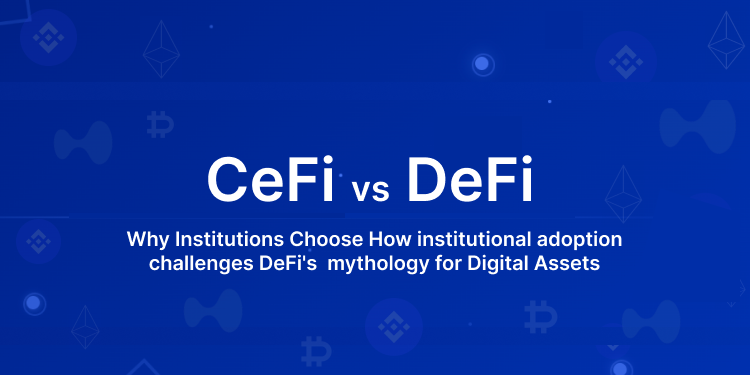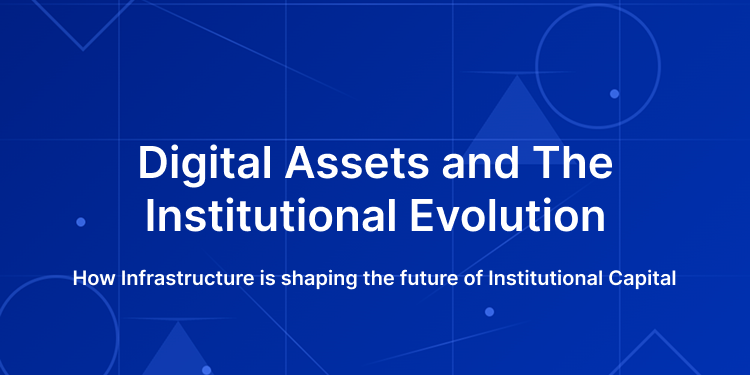 HEDGIT
HEDGITTopics
From Curiosity to Allocation
“Digital assets have reached a maturity where institutions are no longer just seeking exposure. They’re building structured strategies around them, as they have become a standalone asset class.”
The Convergence Imperative
“Capital is spread across geographies, custody types, and even time zones. Institutions don’t want to manage that complexity. They want products that abstract it,” Chirag notes.
The Evolution of Institutional Product Architecture
“A single product can’t meet all these demands. We’ve had to architect an entire product spectrum—across risk, asset, venue, and access,” Chirag says.
- SMAs for direct control
- DeFi vaults for on-chain deployment
- Tokenized products for composability
- Custodial funds for simplicity
Staying Ahead in a Fast-Moving Market
“You can’t rely on static strategies. The only edge is innovation,” says Chirag.
- Hybrid strategies: tokenized fixed income + DeFi yield
- Structured BTC exposure + downside protection
- Digital-traditional asset baskets within one thesis
The Bigger Picture: Infrastructure, Not Just Innovation
“We're not here to chase trends. We're here to build enduring infrastructure for how capital will move in the 2030s,” Chirag concludes.
Final Thoughts: Build or Be Left Behind
- Systematic strategies delivering 30–40% annualized returns
- Options open interest scaling past $40 billion
- Cross-asset infrastructure developed in real time
The information about digital assets on any Hedgit website, emails, or any other communications is for general information purposes only. Hedgit does not provide investment, tax, or legal advice, and you are solely responsible for determining whether any investment, investment strategy, or related transaction is appropriate for you based on your personal investment objectives, financial circumstances, and risk tolerance. The information should not be construed as a recommendation or solicitation to buy, sell, stake, or hold any digital asset or to subscribe to any Hedgit services or engage in any specific investment strategy. You should consult your financial advisor, or legal or tax professional regarding your specific situation and financial condition and carefully consider whether subscribing to Hedgit services or engaging in any digital asset investments is suitable for you.
Read More

September 24, 2025
Stablecoins: The New Money Layer
.png)
August 14, 2025
Perpetual Futures: Reshaping Global Markets

June 11, 2025
CeFi vs DeFi: A CIO's Perspective
Share
Stay informed with curated institutional insights
Get started with
Hedgit Institutional
For more information or to arrange an introductory meeting, please complete the form below. Our relationship manager will get in touch.


Products & Services
- Dollar - Native Strategies
- Bitcoin - Native Strategies
- DeFi Vaults
- Institutional Trading Services
- Financial Structured Products
Factsheets
- Hedgit Money Market
- Hedgit Dollar Growth
- Hedgit Bitcoin Growth
- Hedgit Bitcoin Growth - Conservative
Company
- About Us
- Blogs
- Contact Us
© 2025 Hedgit Markets Inc. All rights reserved.
Privacy
Disclosures
Terms
